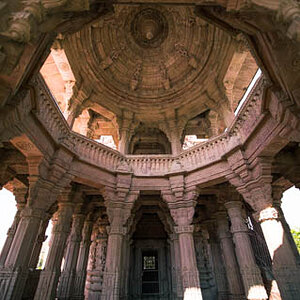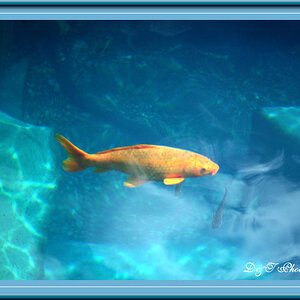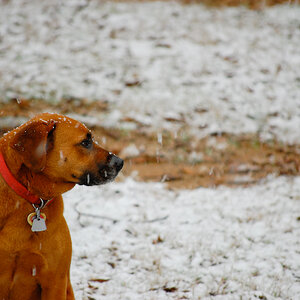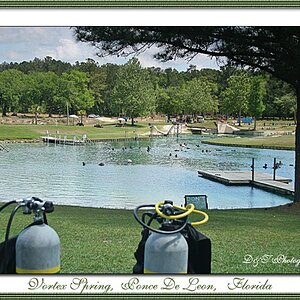~myStical~
TPF Noob!
- Joined
- Nov 25, 2008
- Messages
- 80
- Reaction score
- 0
Hello guys ,
I am looking to buy a macro lens for my nikon d90 body . After doing some research I've come across the Sigma 70-300 F4-5.6 DG APO Macro , which seems affordable but before i go on and purchase one I was wondering if there are any other good inexpensive macro lens I can look in to. Possibly something cheaper than the Sigma 70-300 .
I am looking to buy a macro lens for my nikon d90 body . After doing some research I've come across the Sigma 70-300 F4-5.6 DG APO Macro , which seems affordable but before i go on and purchase one I was wondering if there are any other good inexpensive macro lens I can look in to. Possibly something cheaper than the Sigma 70-300 .





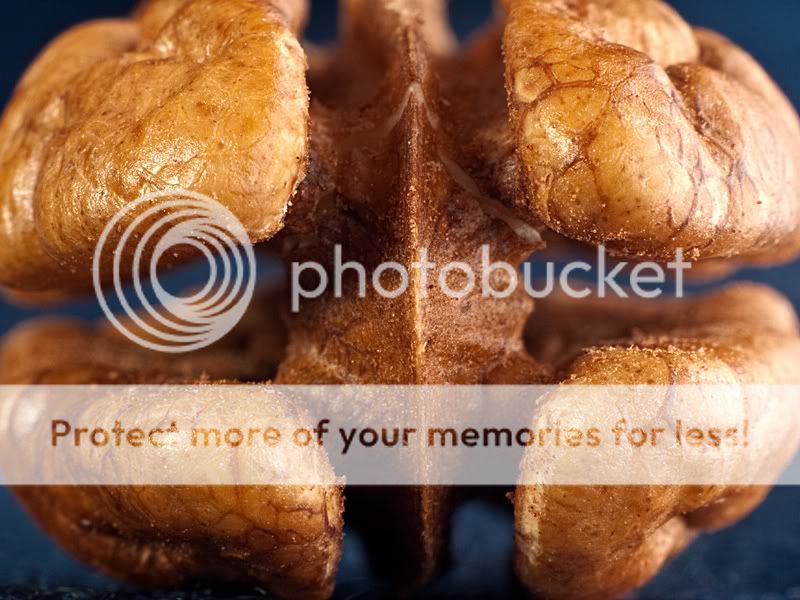

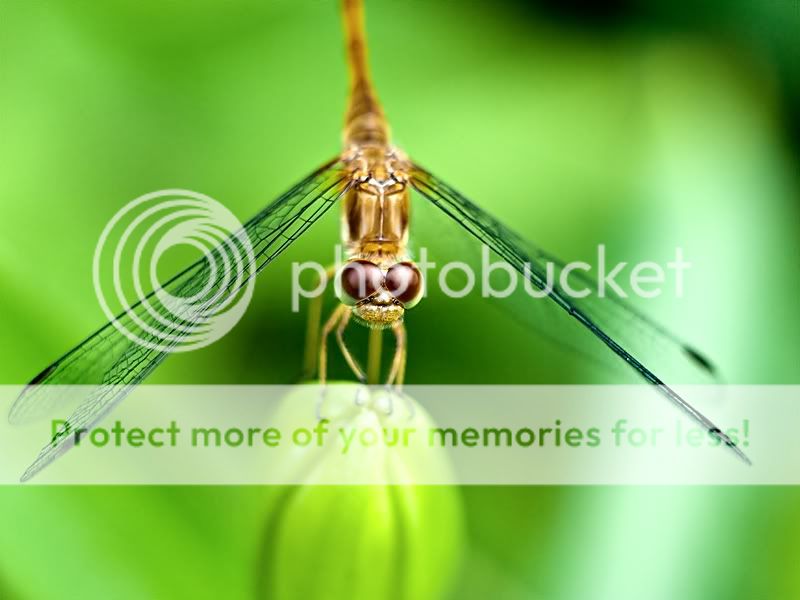
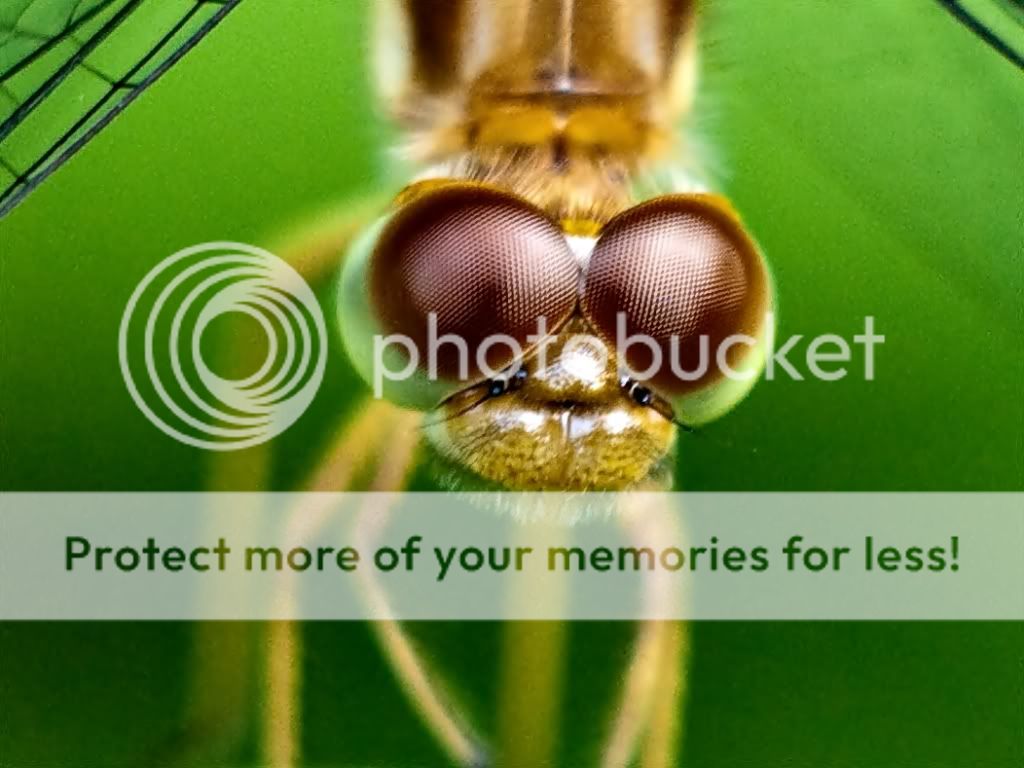
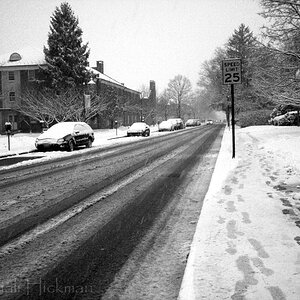
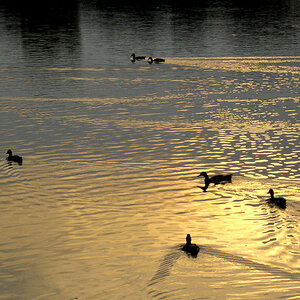
![[No title]](/data/xfmg/thumbnail/41/41795-6bc3a19e590a6be6bd169ab2acaee30d.jpg?1619739896)
![[No title]](/data/xfmg/thumbnail/31/31509-b8abaec96e6e375688e269bc89f47652.jpg?1619734858)
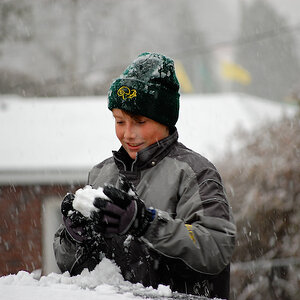
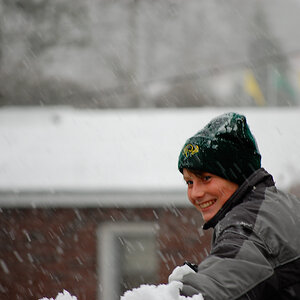
![[No title]](/data/xfmg/thumbnail/31/31708-69f4ec98ec000d4fc9a9a1cc282e8e16.jpg?1619734965)
![[No title]](/data/xfmg/thumbnail/41/41798-aacfc8368463d919cba743fe318706b6.jpg?1619739897)
